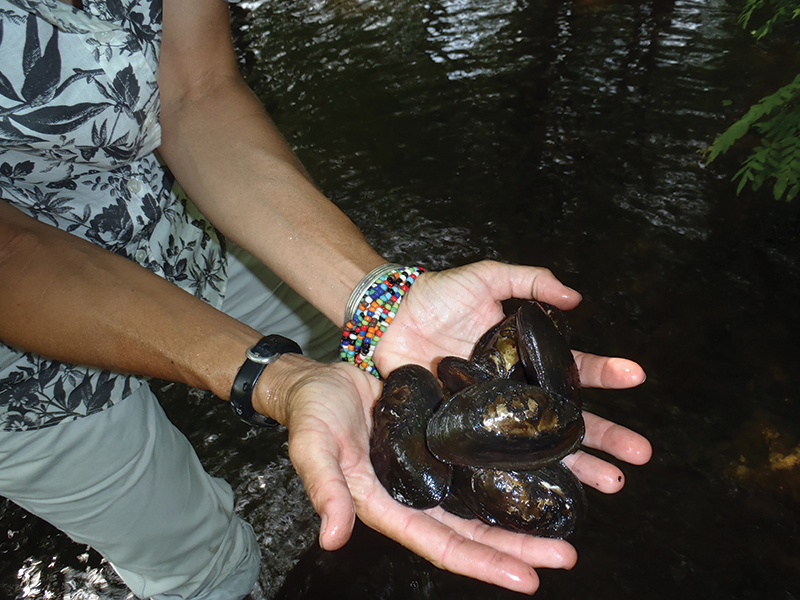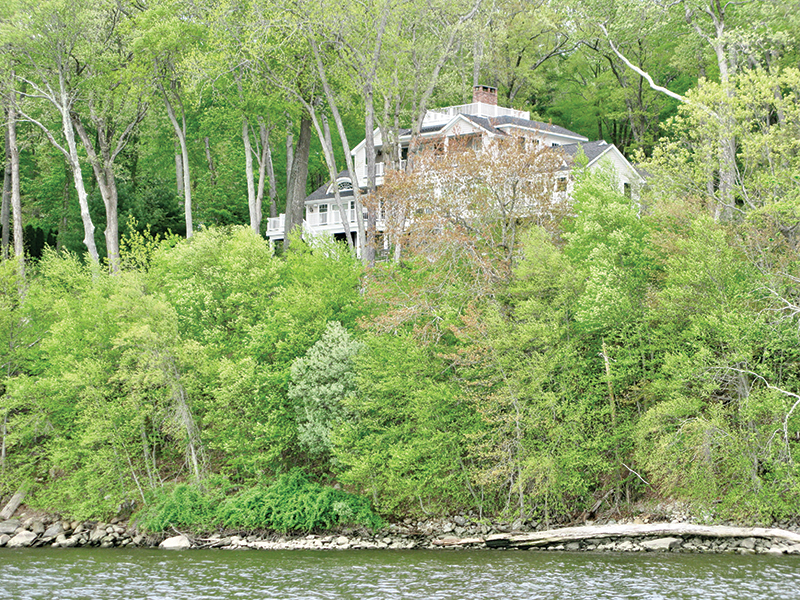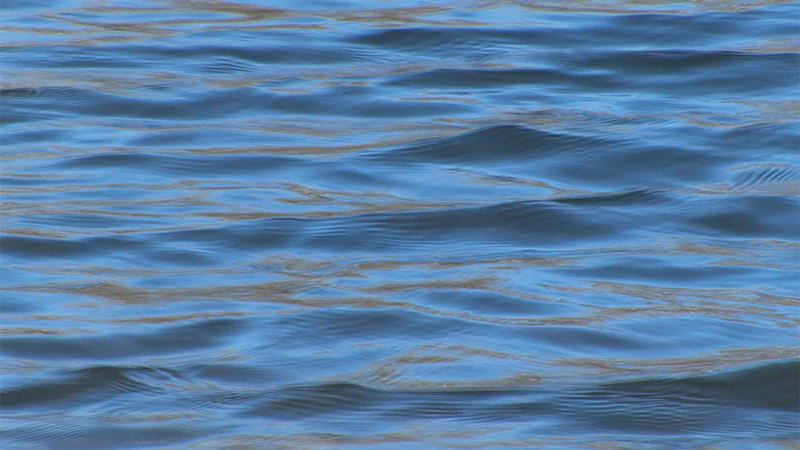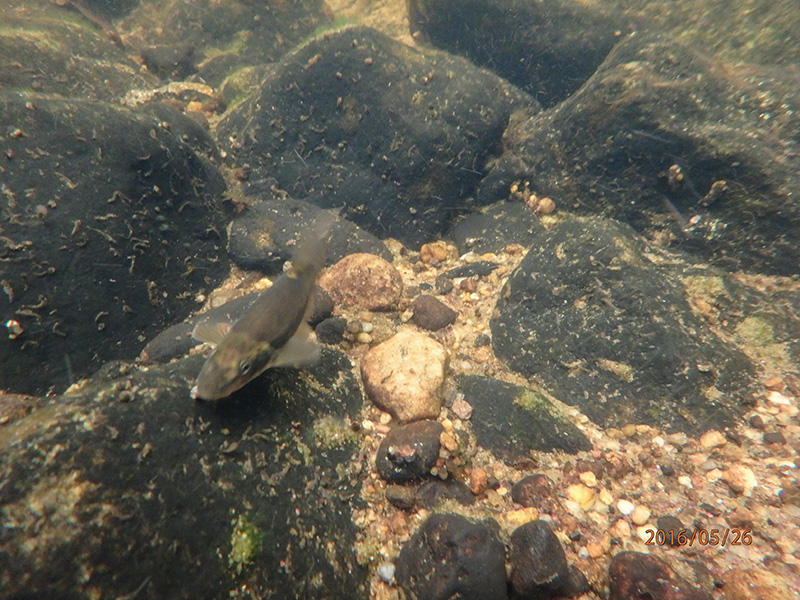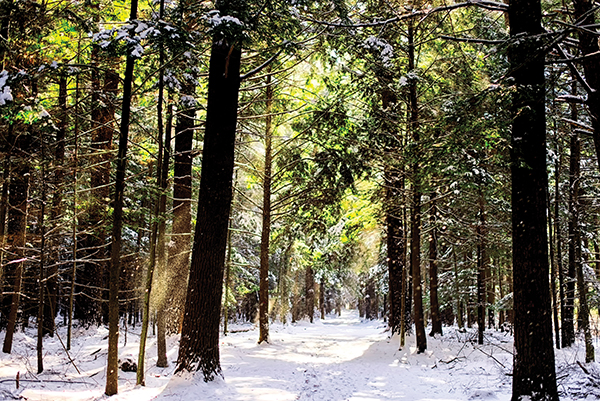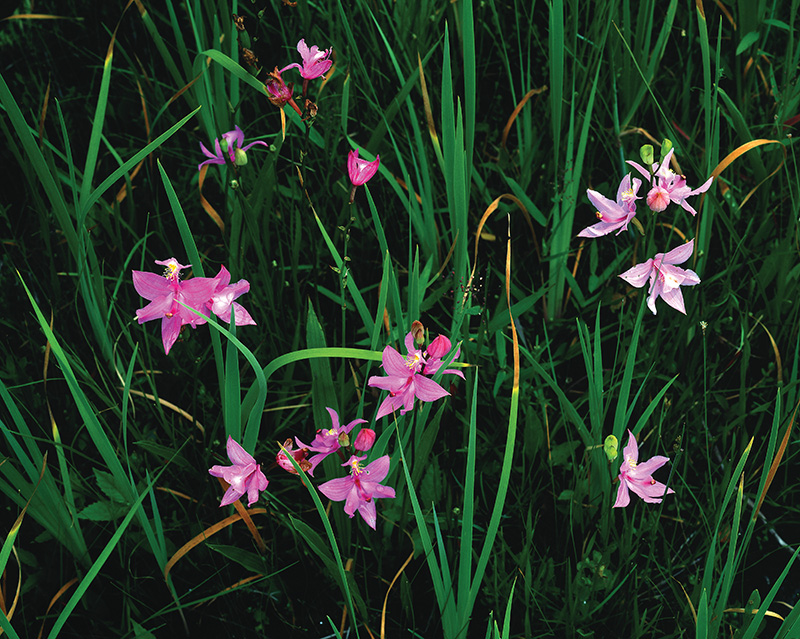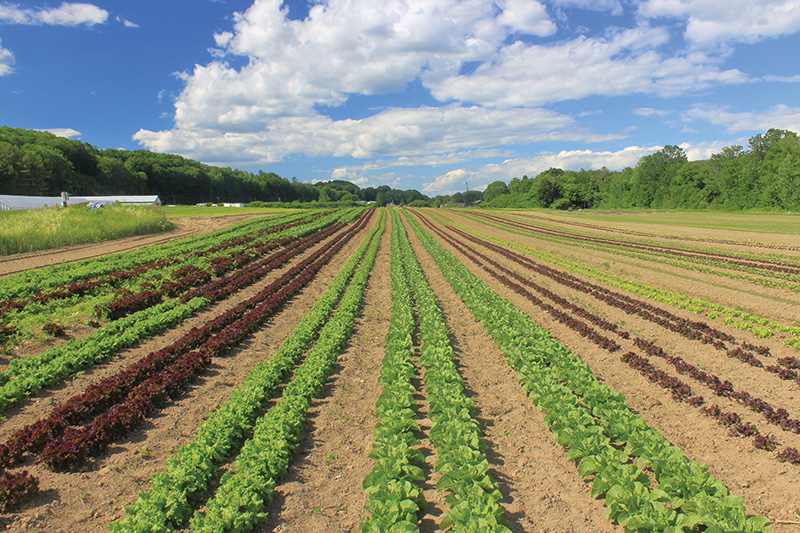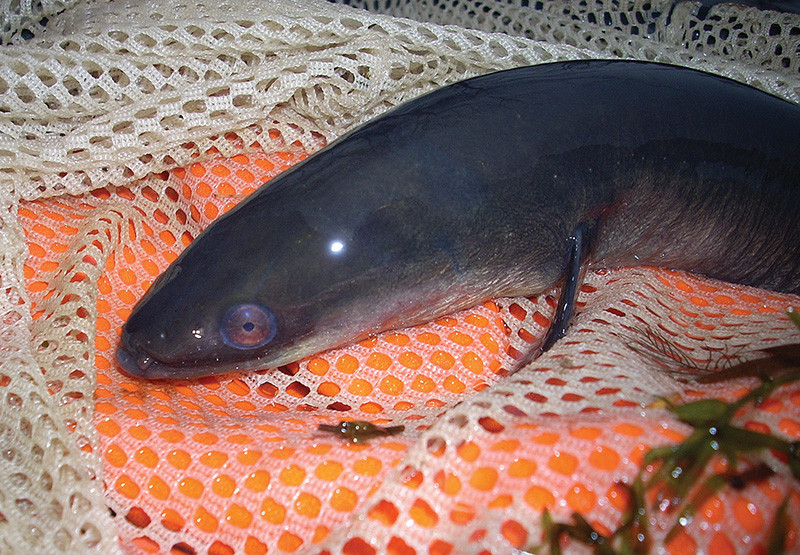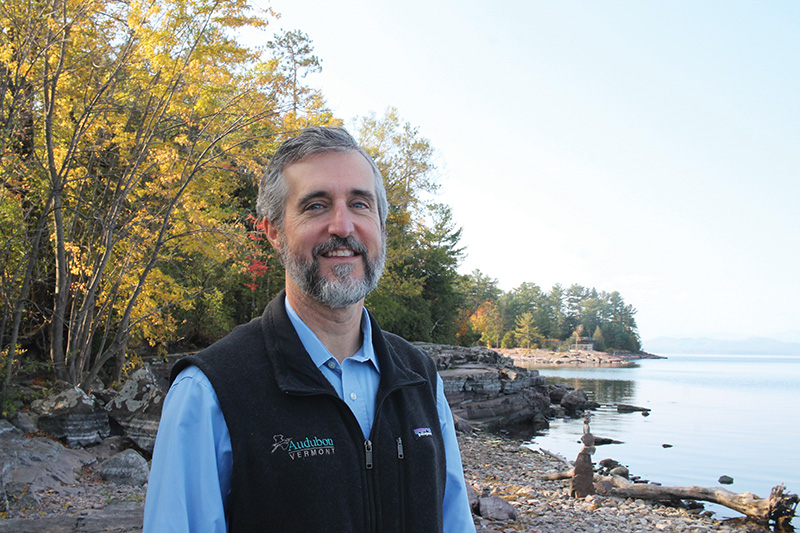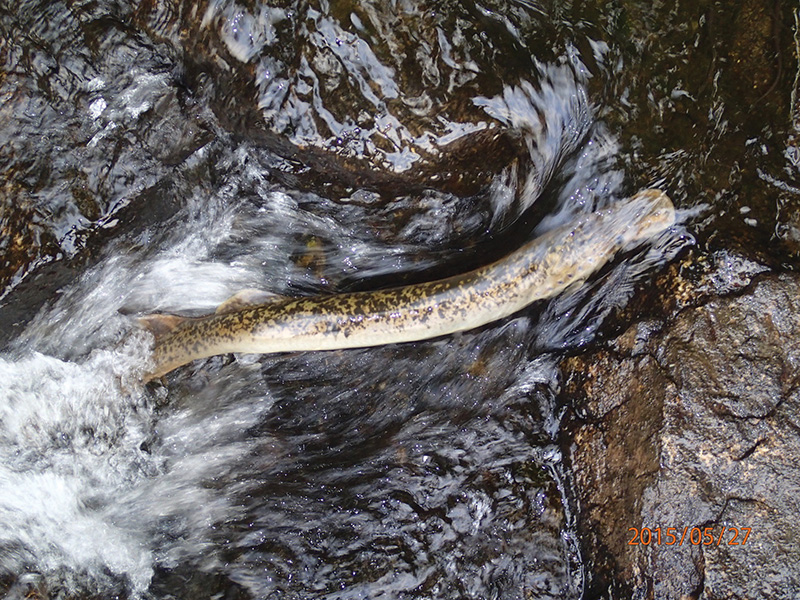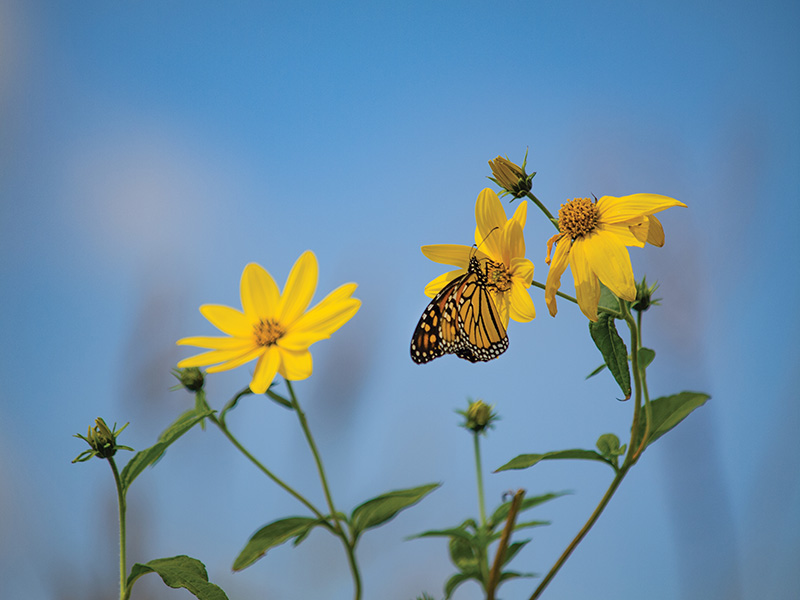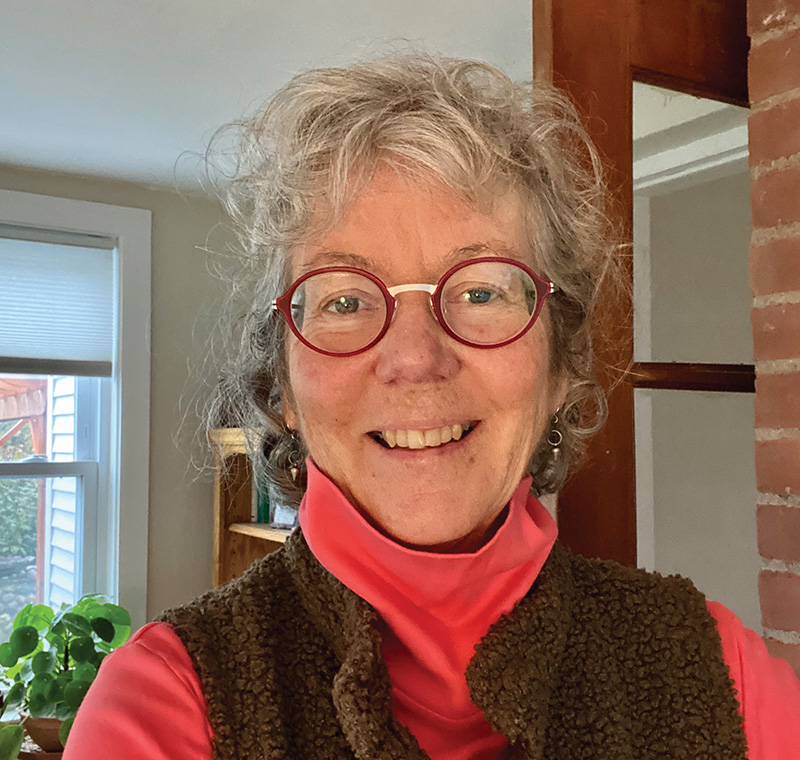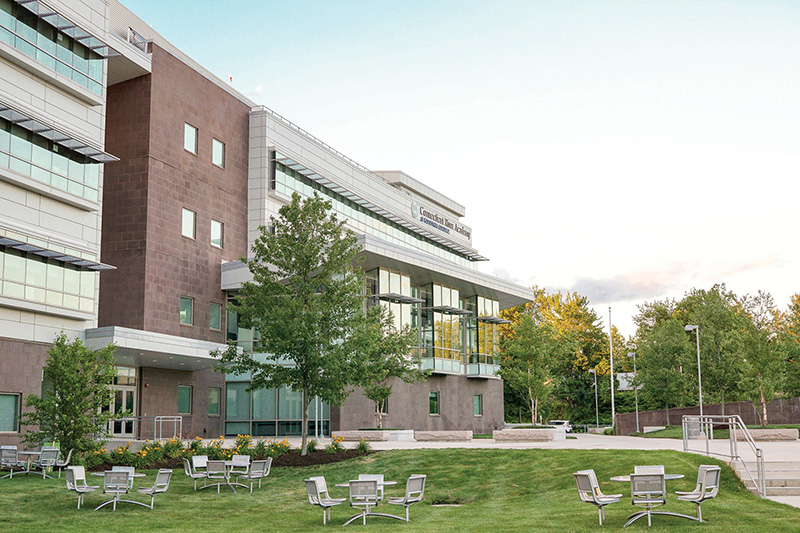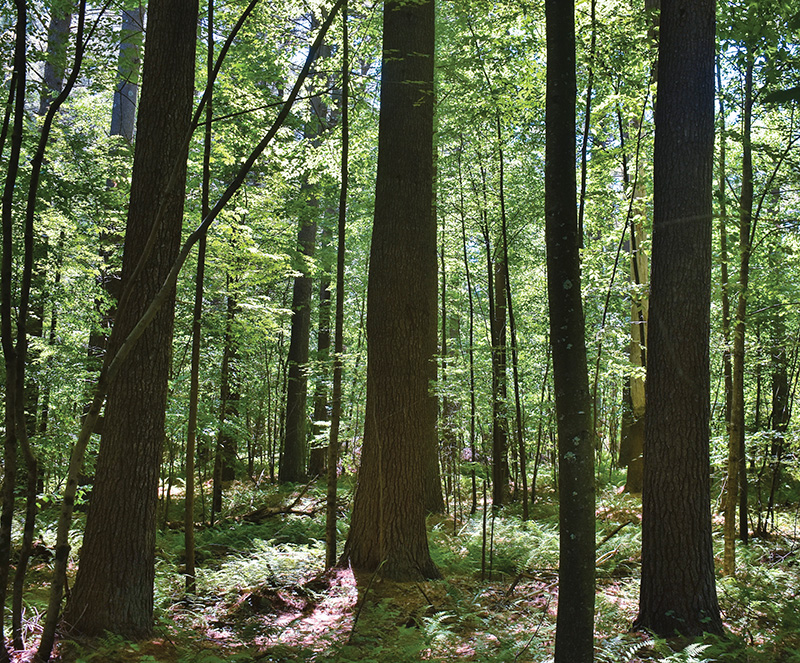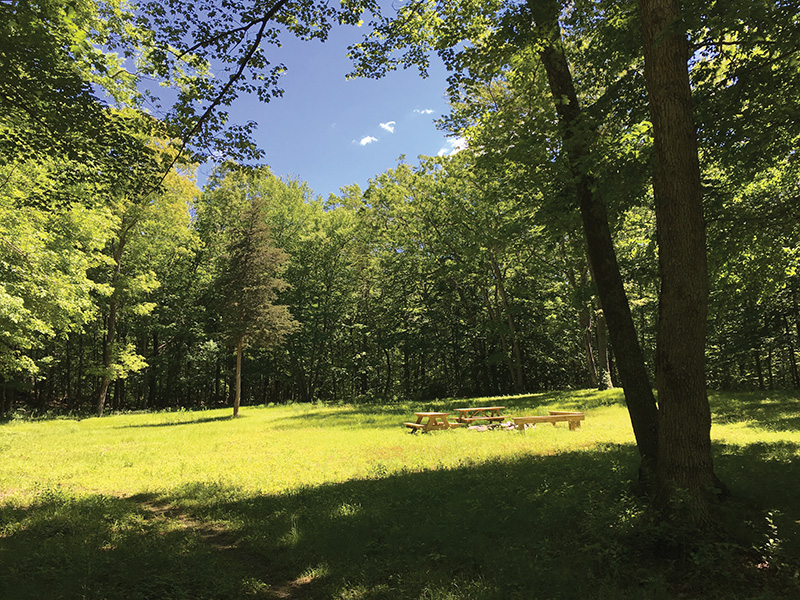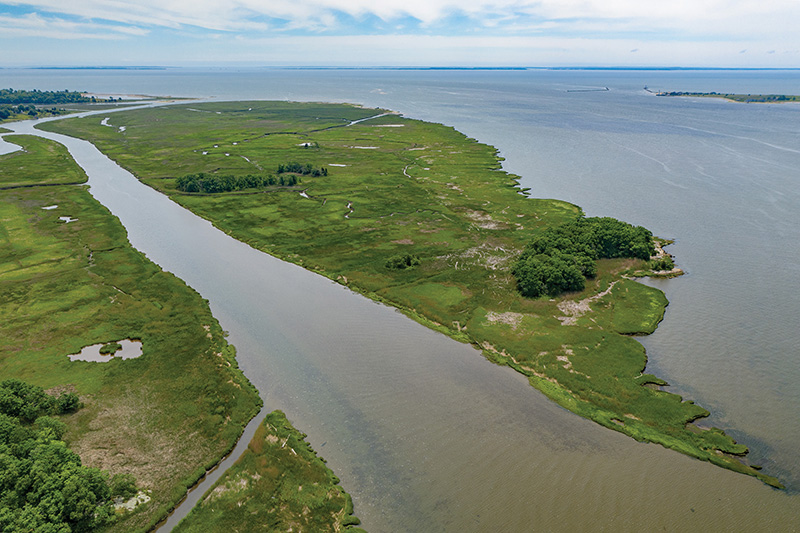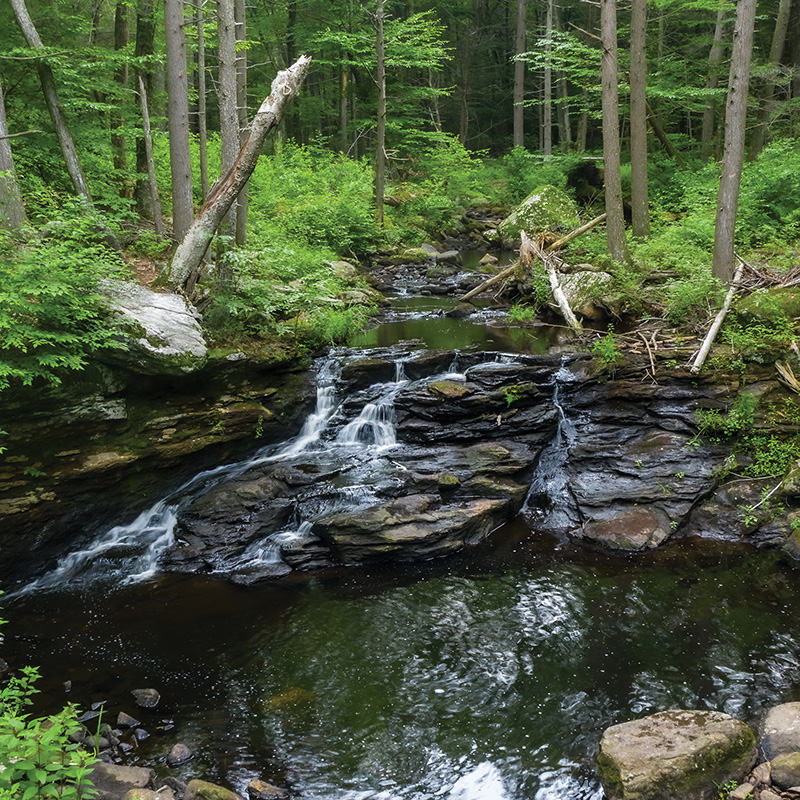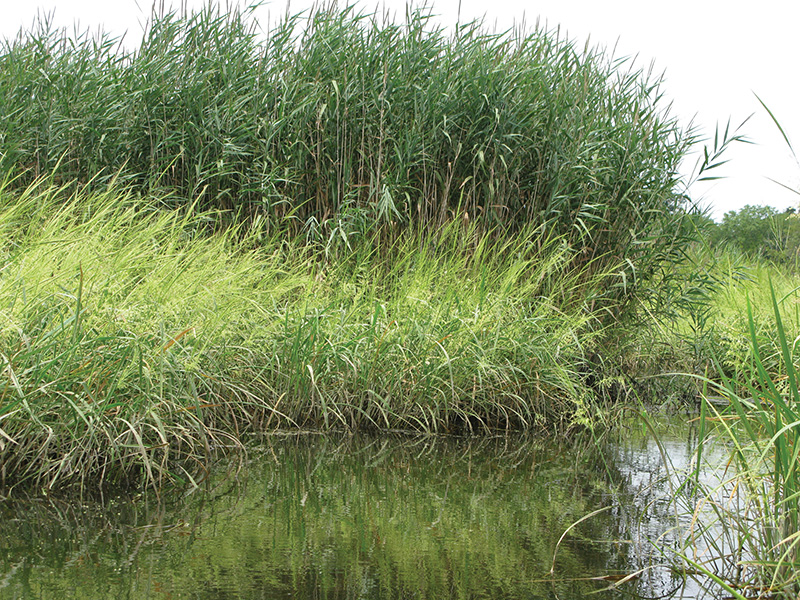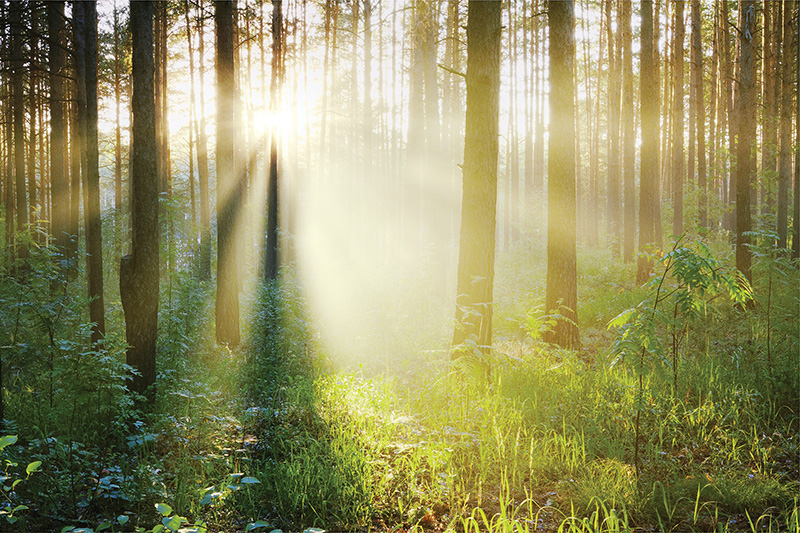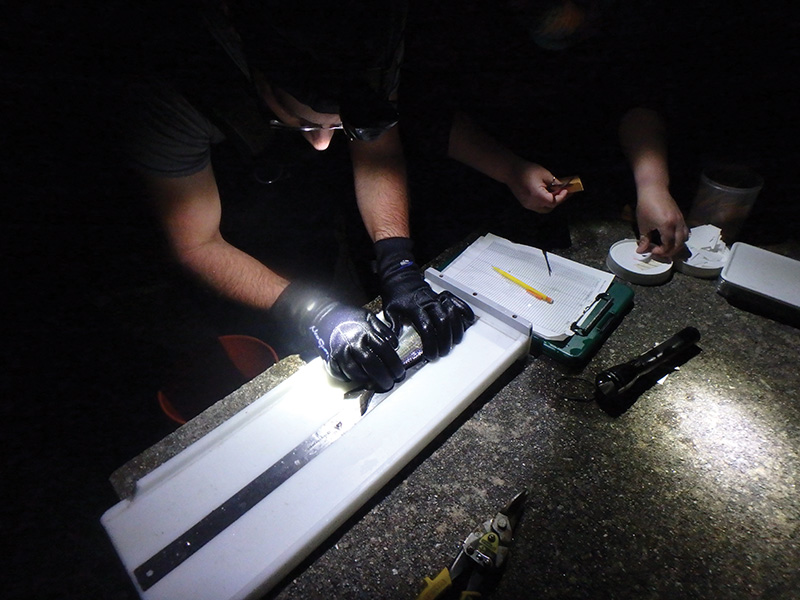Along the seashore we’re familiar with ribbed mussels and blue mussels (which make a delicious meal), but unlike these saltwater mussels, the freshwater cousins do not taste good nor do they form large rafts or adhere to hard substrate like dock piers and rocks.
Gateway Commission at Fifty
It takes the vigilance of every generation to protect a valued natural resource, like an estuary.
Conte Corner: New Column Starts with Summer Issue
Through the Conte Corner the authors hope to bring to life how laws, policies, and funding, in DC and locally, make a difference to the watershed, the Conte Refuge, and you and me: the people who live, work, and play here.
Below the Surface- Behold the Mighty Minnow
It seemed like just another spring day when we stopped at the Salmon River, a tidewater tributary of the Connecticut River that splits the towns of Haddam and East Haddam, Connecticut.
A Century Ago, Odell Shepard Fell in Love with New England
This teacher, scholar, poet, and wayfarer was an editor and emulator of Thoreau.
The Garden
Wildflowers—on my own home turf here, at the southern end of the Connecticut: this should be fun.
Organic Bounty from Windsor Soils
When I visited Deep Meadow Farm on a late spring day, colorful rows of vegetables lined many of the fields. Cohen and several of his fifteen employees—multitasking while overseeing activities on a busy morning—graciously provided a tour and overview of the property.
Below the Surface- The “Silver” Eel
It seemed like just another spring day when we stopped at the Salmon River, a tidewater tributary of the Connecticut River that splits the towns of Haddam and East Haddam, Connecticut.
Turn & Face the River
Though it is only ten thousand years old, a river like this always seems eternal. After all, it flows on and on, apparently able to swallow all our human wrongs and carry them away.
Below the Surface- Ugly is Good
It seemed like just another spring day when we stopped at the Salmon River, a tidewater tributary of the Connecticut River that splits the towns of Haddam and East Haddam, Connecticut.
Monarch Butterflies Summer in New England
Streamside walking connects us with the splendors of flowing water on our Water Planet.
Gardening for Good
“For the first time in history, gardens have taken
on a role that transcends the gardener.”
Brownfields
If you were a robin returning to the Connecticut River in the spring of 1970, you would have seen compromised industrial sites along the riverbanks.
New England’s First State Forest
From the rocky knob of Great Hill at the southern tip of Meshomasic State Forest, I gazed at a big bend the Connecticut River takes in the middle distance, with ridges fading to gray-blue behind it.
Lyme Land Trust
There are about 100 land trusts in the Connecticut River Watershed, plus four state land trust associations, plus a national association.
New Reserve
Residents of Connecticut should be proud that, on January 14, 2022, the National Oceanic and Atmospheric Administration (NOAA) approved Connecticut’s application for a National Estuarine Research Reserve (CT NERR).
Water and Forests
Anyone who studies rivers knows that the land cover in a watershed is the number one predictor of the health of a river.
Invasive Plants- Phragmites
By now, knowledge that invasive plants are bad news is pretty widespread. Numerous articles and agencies cite “billions of dollars” in damages annually to agriculture and fisheries; they are the “leading cause” of population decline and extinction in animals.
Celebratory Ecology- The Forest as Human Sanctuary
Streamside walking connects us with the splendors of flowing water on our Water Planet.
Below the Surface- Returning Home
It seemed like just another spring day when we stopped at the Salmon River, a tidewater tributary of the Connecticut River that splits the towns of Haddam and East Haddam, Connecticut.

